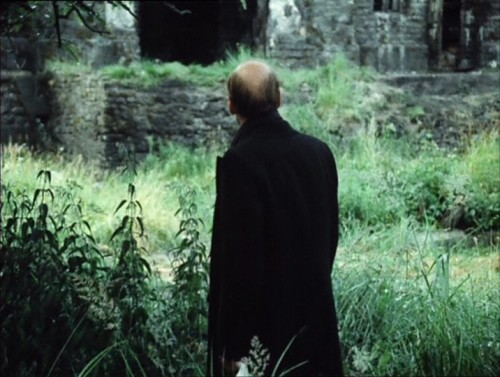
This promises to be a great event at the Center for 21st Century Studies at the University of Wisconsin-Milwaukee, with an excellent lineup of speakers:
May 4-5, 2012
The Nonhuman Turn in 21st Century Studies
This conference takes up the “nonhuman turn” that has been emerging in the arts, humanities, and social sciences over the past few decades. Intensifying in the 21st century, this nonhuman turn can be traced to a variety of different intellectual and theoretical developments from the last decades of the 20th century:
actor-network theory, particularly Bruno Latour’s career-long project to articulate technical mediation, nonhuman agency, and the politics of things
affect theory, both in its philosophical and psychological manifestations and as it has been mobilized by queer theory
animal studies, as developed in the work of Donna Haraway, projects for animal rights, and a more general critique of speciesism
the assemblage theory of Gilles Deleuze, Manuel DeLanda, Latour, and others
new brain sciences like neuroscience, cognitive science, and artificial intelligence
new media theory, especially as it has paid close attention to technical networks, material interfaces, and computational analysis
the new materialism in feminism, philosophy, and marxism
varieties of speculative realism like object-oriented philosophy, vitalism, and panpsychism
and systems theory in its social, technical, and ecological manifestations
Such varied analytical and theoretical formations obviously diverge and disagree in many of their aims, objects, and methodologies. But they are all of a piece in taking up aspects of the nonhuman as critical to the future of 21st century studies in the arts, humanities, and social sciences.
Running roughly parallel to this nonhuman turn in the past few decades has been the“posthuman turn” articulated by such important theoretical works as Katherine Hayles’ How We Became Posthuman and Cary Wolfe’s What Is Posthumanism? Thinking beyond the human, as posthumanism is sometimes characterized, clearly provides one compelling model for 21st century studies. But the relation between posthumanism and humanism, like that of postmodernism to modernism, can sometimes seem as much like a repetition of the same as the emergence of something different.
Thus, one of the questions that this conference is meant to take up is the relation between posthumanism and the nonhuman turn, especially the ways in which taking the nonhuman as a matter of critical, artistic, and scholarly concern might differ from, as well as overlap with, the aims of posthumanism. In pursuing answers to such questions, the conference is meant to address the future of 21st century studies by exploring how the nonhuman turn might provide a way forward for the arts, humanities, and social sciences in light of the difficult challenges of the 21st century.
Invited speakers (to date) include:
Jane Bennett (Political Science, Johns Hopkins)
Ian Bogost (Literature, Communication, Culture, Georgia Tech)
Bill Brown (English, Chicago)
Wendy Chun (Media and Modern Culture, Brown)
Mark Hansen (Literature, Duke)
Erin Manning (Philosophy/Dance, Concordia University, Montreal)
Brian Massumi (Philosophy, University of Montreal)
Tim Morton (English, UC-Davis)
In addition to the invited speakers, the conference will hold several breakout sessions for additional participants to present their work. Please refer to this Call for Papers for details and deadlines.
